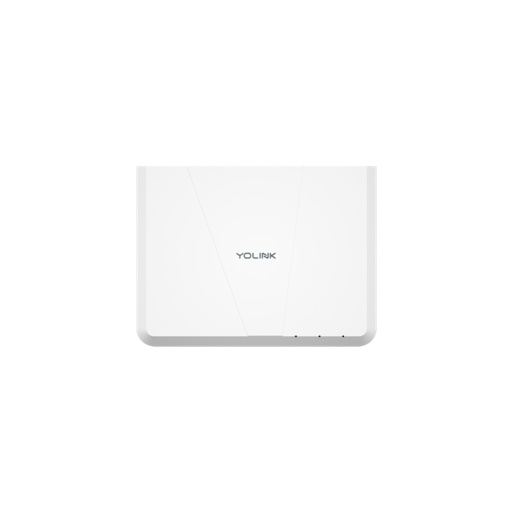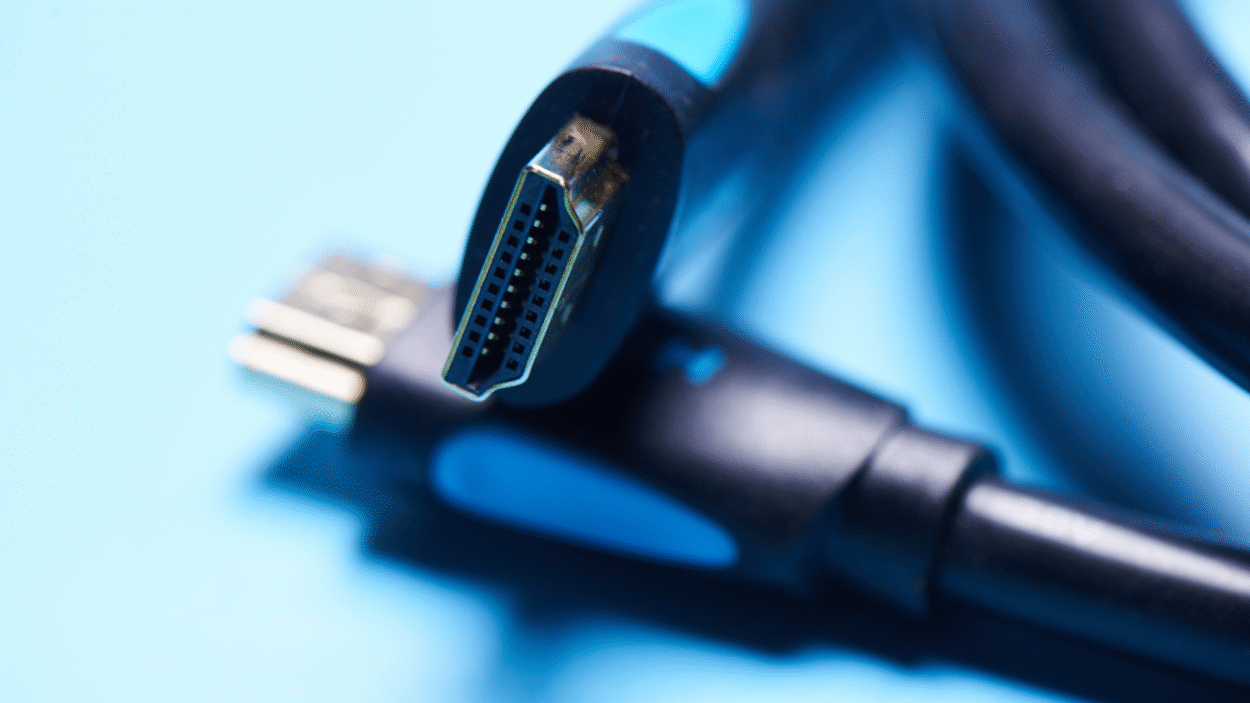There are situations where you run into the limits of the wireless protocols used in smart home devices. For example, you want to monitor whether someone opens the gates leading to your backyard or whether your kids open the gate to the backyard pool without you being there to supervise them. Or, maybe you want to know when your mail is delivered to your mailbox at the edge of the street or you want to monitor if people break into an outbuilding on your property.
The problem is that the wireless protocols used in today’s smart homes don’t have the capacity to reach far enough to communicate with the sensors needed for the above scenarios. Most Wi-Fi operates at 2.4GHz and 5 GHz. Devices connecting to a Wi-Fi network at 2.4GHz have a practical range of 150 feet and devices connecting to a Wi-Fi network at 5GHz have a practical range of only 50 feet.
As for Z-Wave and Zigbee devices, Z-Wave can reliably communicate at distances up to 100 meters (approximately 330 feet) whereas Zigbee devices operate in a mesh where each Zigbee device can act as a transmitter, receiver, and repeater of communications messages. So, while Zigbee operates in the 2.4GHz band, giving an individual device a similar range as a 2.4GHz WiFi device, the actual range of the mesh is 150 feet past the outermost devices that are participating in the mesh.
YoSmart, an Irvine, CA, company founded in 2014 provides solutions to these specific range limitations by utilizing LoRa communications technology. LoRa enables long-range communications of up to a quarter of a mile by communicating at 915MHz in the U.S. Signals at that frequency are capable of penetrating glass, metal, and concrete — a significant differentiator compared with Wi-Fi and Zigbee, which communicate at 2.4GHz and have very limited ability to penetrate walls. Also, LoRa requires very little power, giving battery-powered devices an expected battery life of between two and 10 years.
The first YoLink products were released in 2019. Today, YoSmart offers more than 30 different products and a wide selection of starter kits that group different products together at additional savings for consumers.
YoSmart has just added the Hub 3 to their product line. The Hub 3, like previous generations of YoLink hubs, includes Ethernet connectivity and acts as a bridge for YoLink’s LoRa smart home devices. However, the new Hub 3 offers some significant improvements over the other hubs in the YoLink product line and includes features that even professionally installed smart home processors/hubs don’t include.
First, the Hub 3 seamlessly integrates with 4G LTE, Wi-Fi, and Ethernet, ensuring your smart home stays connected even in areas without traditional internet access or during an internet outage. It also comes with an integrated SIM card for cellular data (subscription required). The Hub 3 doesn’t require a subscription; a $6.99 monthly subscription is only required if you enable the optional 4G LTE connectivity. Finally, the Hub 3 is equipped with an internal rechargeable battery that provides up to four hours of power during outages.
YoLink does support the ability for a YoLink smart home device to directly trigger another device without involvement of a YoLink hub or a cloud service. However, a key feature of professional smart home systems that the YoLink Hub 3, as well as other YoLink hubs, don’t include is local processing of sophisticated automation rules on the hub. More on this below.
Today, YoLink provides integration with other smart home platforms through Alexa, Google Assistant, IFTTT, Home Assistant, and Raedius (YoSmart’s platform for automating building systems.)
YoLink has announced a software update to the Hub 3 that is scheduled to be available by the end of the year. There are two key improvements to the product planned for this update:
- Local processing of sophisticated automation rules on the Hub 3 without the need for an active Internet connection or the YoLink cloud
- Matter protocol support
These planned improvements will truly allow both consumers and professional smart home integrators to integrate YoLink smart home devices, with their quarter-mile range, into a wide range of smart home ecosystems.








